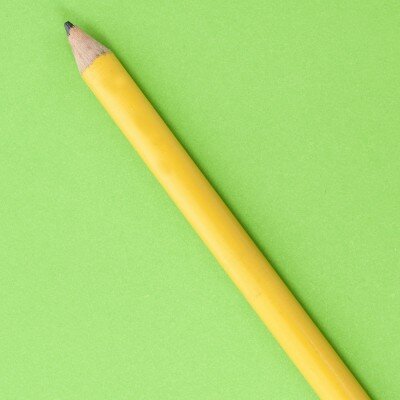The way home
Indian poetry in four languages

Welcome to the twenty-ninth publication of the India domain on Poetry International!
This issue brings together four poets who work in four different languages: Assamese, Bengali, Hindi and English.
In terms of chronology, they range from their 50s to their 30s. One has a bibliography that spans seventeen volumes of poetry; the other has still to publish her first book. One seems to revel in the density of language; another opts for a deliberately sparse poetic line. One pleads for a fresh artless utterance in order to be able to arrive at the truth; another is aware that the “door of words” is capable of swinging this way and that, and revealing a truth that is never as simple as it looks. Interestingly, for all their differences, there are moments when a theme or phrase from one poem seems to ricochet off another and find resonances in unexpected places.
Naming – as an act of conferring meaning, significance, weight, an act of definition, clarification as well as subversion – is an important notion in the work of more than one poet. “My mother would be alarmed/ when somebody gave me a new name/ she feared I was falling in love…” says Hindi poet Monika Kumar.
Naming is important for Bengali poet Angshuman Kar too. It becomes a means of talking about intimacy and loneliness, evident in a fevered need to document the minutiae of a family life in terms of its television-set ancestry (“Konark black-n-white” to “BPL. Large. Colour. 49 channels”). There is also a need in Kar’s work to situate his subjects as concretely as possible. Whether it’s a man on the street (“at the bend off the road, by the side of the Shiva temple, close to the railway platform”) or a dead friend’s unforgettable cell phone number and “Avon lipstick”, naming here is about giving each person an address, a historical and geographical identity. It becomes a way of documenting as well as a means of honouring.
For Anglophone poet Karthika Nair, poetry as energized language – whether it vitalizes little stories or giant histories, whether it is drawn from the impulse to keep dreams alive, or whether it is simply a deep breath wrested from “fractious shaded lungs” – is vital in an intensely besieged world. She celebrates the ability of words to endure, despite the odds: “Watch them dance and battle, torque and turn, coil, curve and spin. Undulate.”
Assamese poet Nilim Kumar would agree with Nair that poetry is the language of curves and bends rather than flat planes and lines, a language of suggestion rather than statement. His poetry reminds us that poetry can take one to places of mystery and belonging, uncertainty and homecoming, all at once. For “all the beautiful/ and dangerous curves of this world,” he tells us, “return us to our homes.”
Read on to discover how four poets show us their own very distinctive ways home.
pencil image © Brooke Becker on Shutterstock






